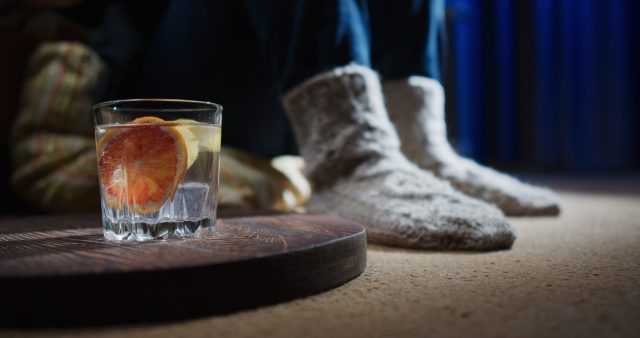The majority of non-alcoholic drinkers in the US also buy booze
By Jessica Mason78% of non-alcoholic drinks buyers in the US are also purchasing alcoholic beer, wine or spirits, according to new data.

The findings, unveiled by NielsenIQ insights at the Distilled Spirits Council’s 2021 DISCUS conference last week, showed that mindful drinking is being incorporated into consumers’ alcoholic drinking repertoire, rather than supporting a trend for teetotalism.
According to the data, the US off-trade sold US$3.1 billion worth of low-alcoholic and non-alcoholic drinks in the last 52 weeks, showing a sales lift of 10.4%.
Non-alcoholic drinks sales were up 33.2% reaching US$331 million during the same period, while low-alcoholic drinks saw an 8.1% sales rise of US$2.77 billion, NielsenIQ revealed during a panel debate about the sector.
The data showed that online sales of the low-and-no category soared with a 315% increase in online sales of non-alcoholic and low-alcoholic beverages in the latest 12 months versus a 26% increase in alcoholic beer, wine and spirits e-commerce sales.
Partner Content
The non-alcoholic spirits category soared 113.4% versus a year ago, while non-alcoholic beer/flavoured malt beverages/non-alcoholic cider, which were categoriesed together, showed a 31.7% sales lift and non-alcoholic wine sales were up 39.4% during the same period.
Year-on-year, and low alcohol spirits sales rose 8.5% while the low-alcohol beer/flavoured malt beverages/low-alcohol cider category saw a 4.5% lift in sales and low alcohol wine sales grew 18%.
Kim Cox, NielsenIQ SVP of account development, said: “There are many health and wellness trends emerging across centre store that are causing alcohol consumers to take a second look at their beverages. While non-alcoholic beer has been available to consumers for many years, there are now more no/low alcoholic wines, spirits and beer options available than ever before. These new innovations better meet health and wellness desires of certain consumers such as lower ABV, lower sugar, lower calorie or sustainable sourcing practices.”
Cox added: “The market for no/low alcoholic beverages is still relatively small at less than 5% household penetration, but is an interesting area to watch, as it now represents US$3.1 billion in sales and a 3.5% total alcohol market share.”
Related news
Trump tariff explainer: the main takeaways
The Montana Distillery files for bankruptcy
Lockdown to lifeline: the lasting impact of alcohol home delivery




